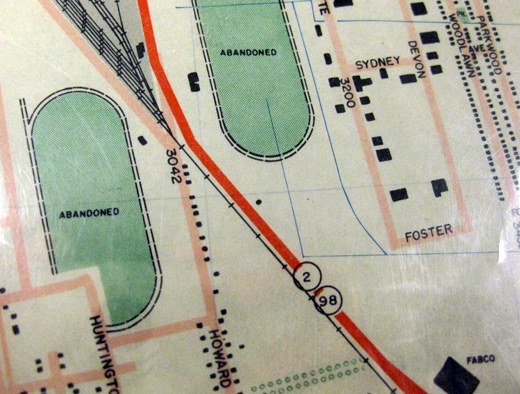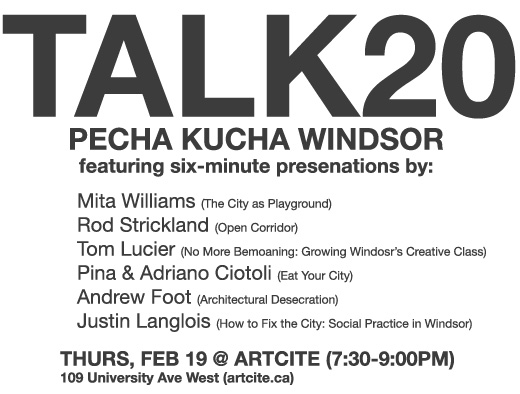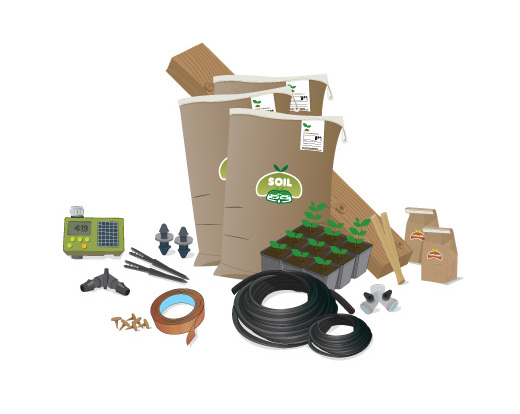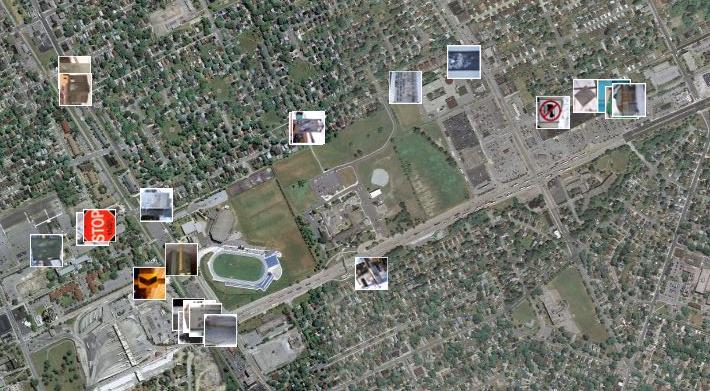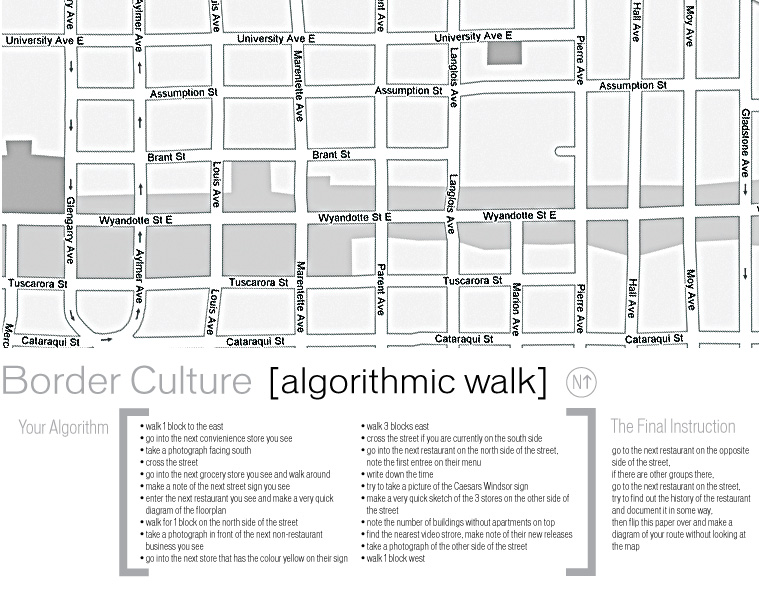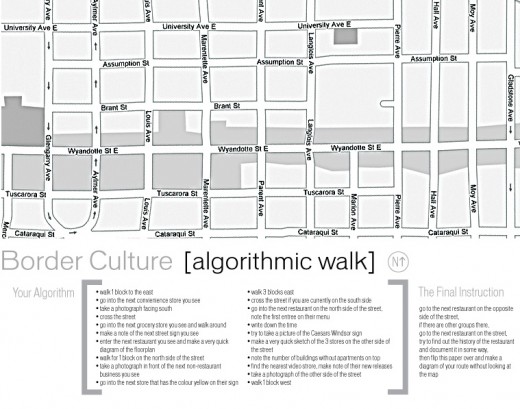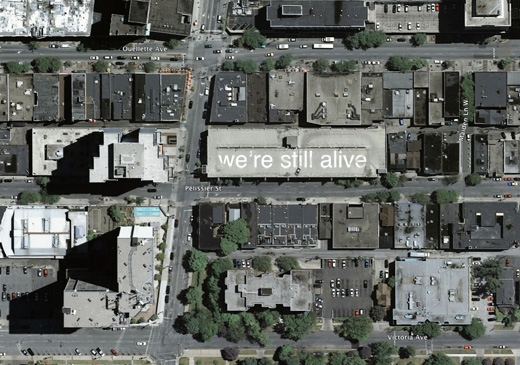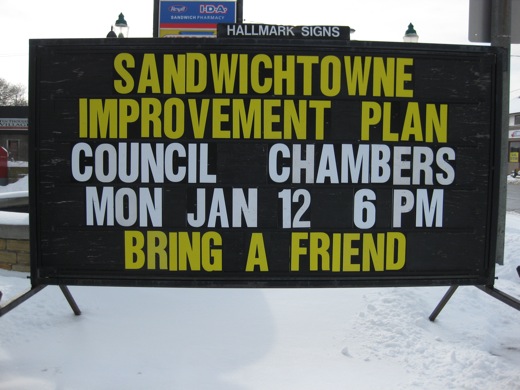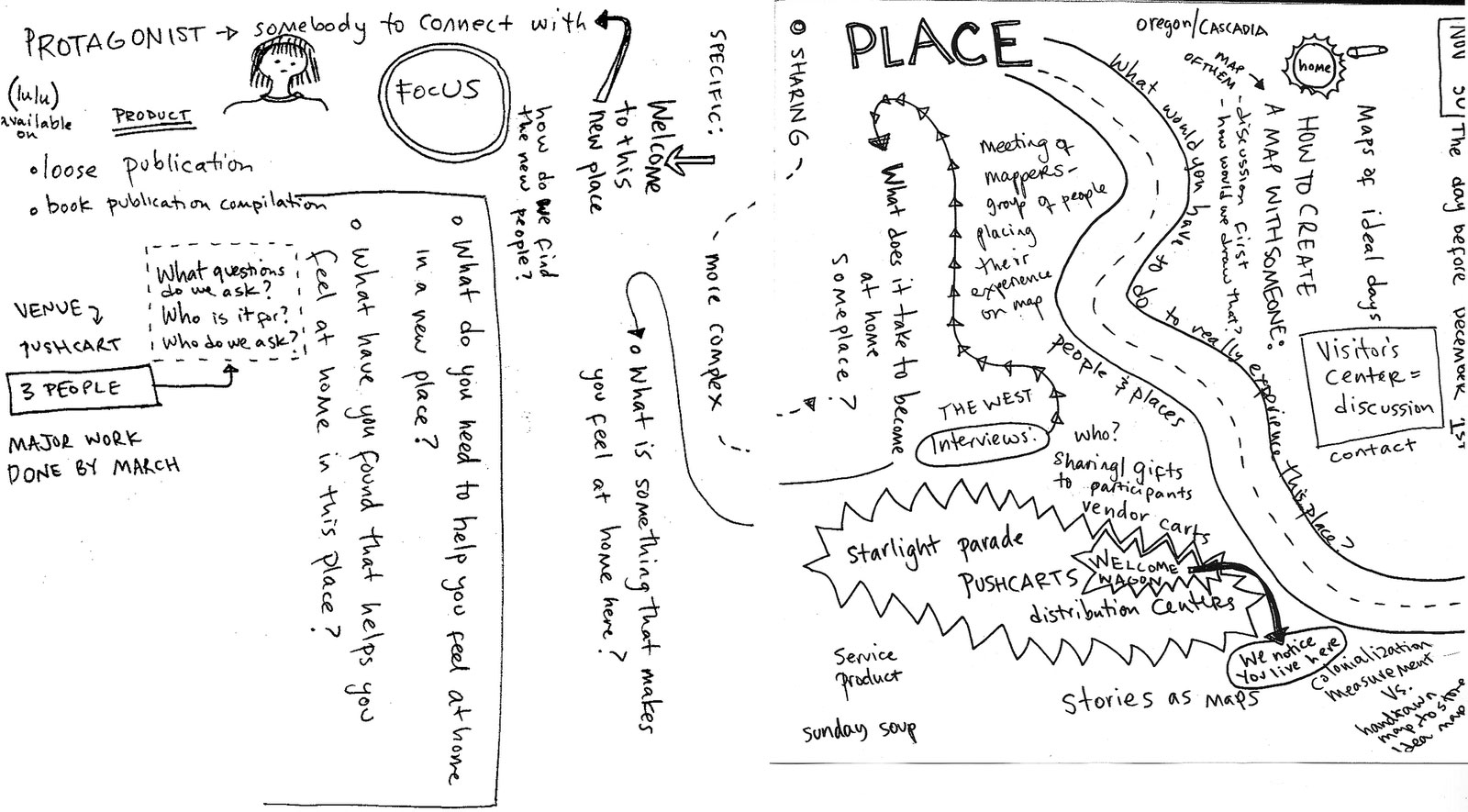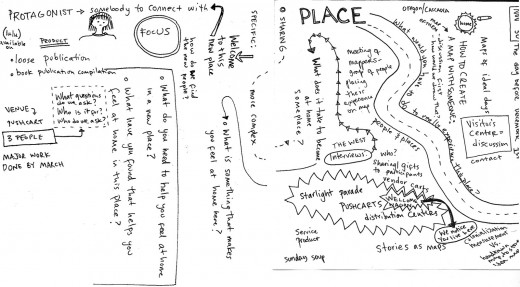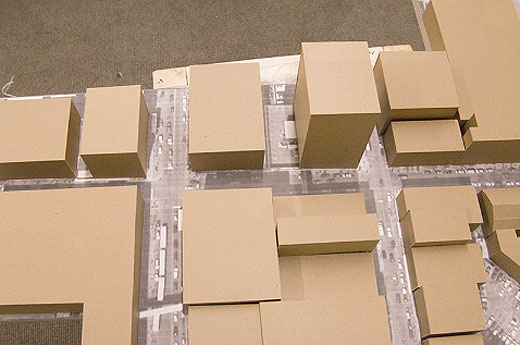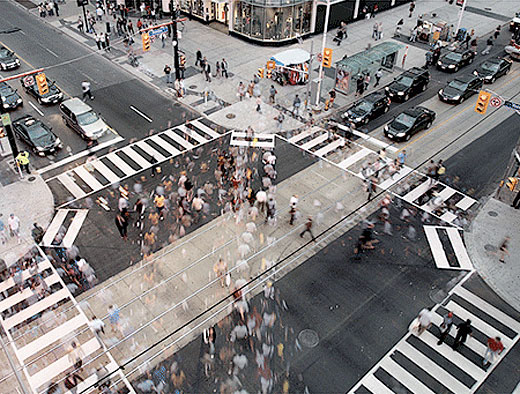I went to the Windsor Archives at the downtown Windsor Public Library with Lee Rodney’s Border Culture class on Thursday. The city’s archives are uninsured and sit in the basement, in the same room as the water main for the building, with some record books, maps, and architectural drawings un-boxed and unprotected, though most looked to be in acid-free (though certainly not water-proof) boxes.
The map above was one of the many articles from the archive we got to see, and I think it dates to sometime in the 1950s. Interestingly, there are these areas marked as abandoned, and it made me think back to our beginnings at a Google map that marked out, among many things, some of the abandoned properties (in particular, the abandoned big-box stores).
I’m curious as to why these areas were ever marked as abandoned, though unfortunately I didn’t note what kind of map this was. If anyone has any guesses, let me know.
So, the Windsor Archives are a really interesting place if you’ve never been, and the archivist that we met with seemed very eager to help with researching. With over 10,000 photos alone, on top of thousands upon thousands of other documents, I think it’s worth exploring further.
They also accept contributions.
